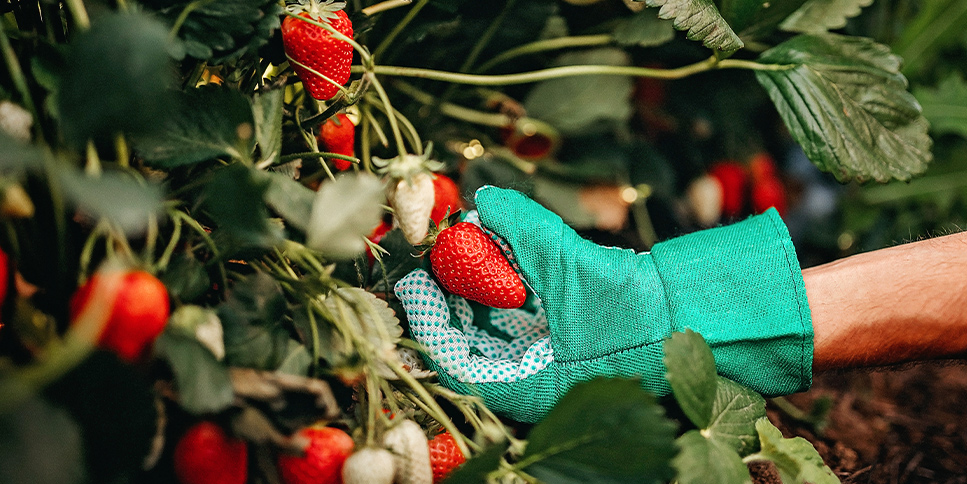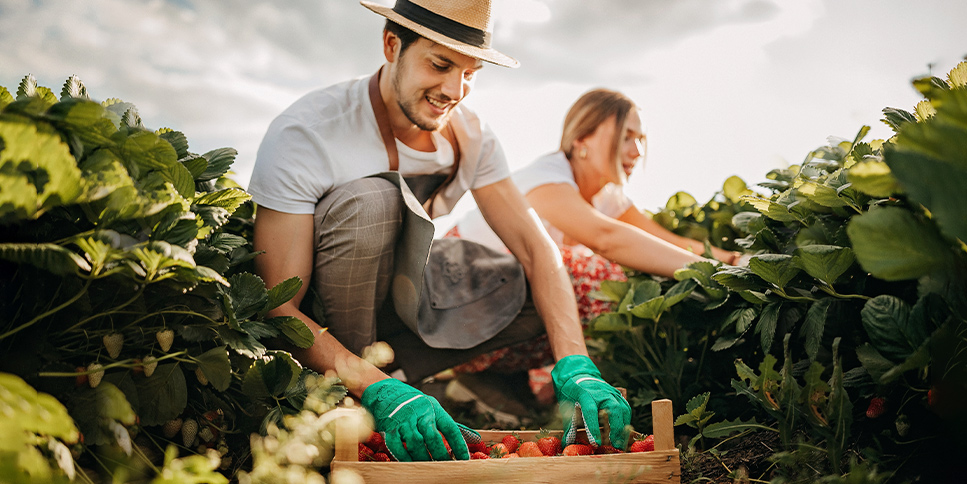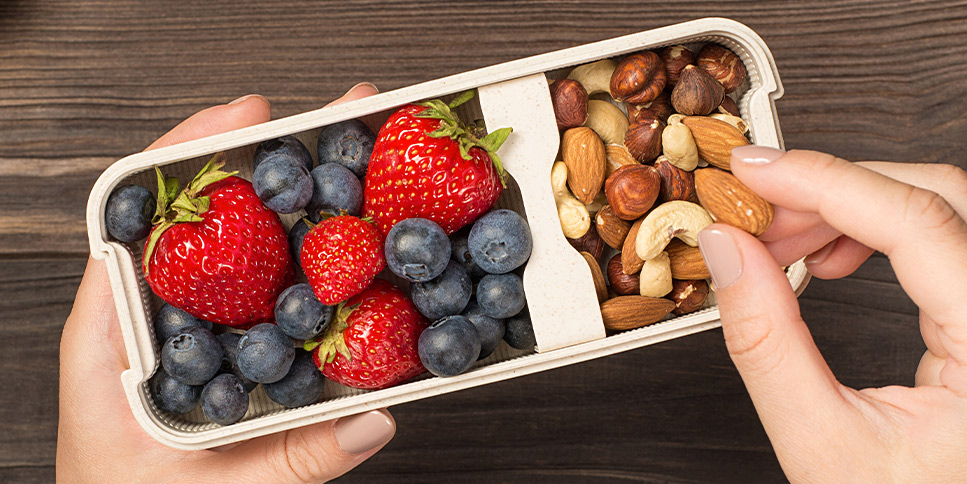Summertime is all about making as many magical memories with your family and friends that you can. There are so many fun summer activities that you can do ranging from spending a day at the beach with your family to listening to your favorite band live in concert with your best friends. You can also host a barbecue and invite your nearest and dearest over or take the whole family out for a hike.
Another somewhat under the radar summer activity that’s fun for the whole family is heading to a local farm to pick your own fruit. Your children will have a blast picking the fresh fruit off the vines themselves and they’ll also be learning healthy habits early on. The fruit that you pick yourself just always seems to taste that much sweeter, as well. So, look up a local farm (or farmers market) nearby and use these seven tips to guide you as you pick fresh fruit this summer.
7 Tips For Picking Fruit In The Summer

Learn The Best Times To Pick Summer Fruits
Whether you’re planning on heading to the orchard, a farmers’ market, or your grocery store, it’s important to know the fruits that are in season before you get there. Strawberries are typically in season from May through June, peaking around mid-June. Cherries are best picked from June through July. And while berry picking season is pretty much all summer long, it’s usually best to pick blueberries and blackberries any time from June through August.
You can also pick peaches and figs from July through September, raspberries from July through October, and apples beginning in late summer (toward the end of August). For a closer look at when summer fruits are ready for harvesting, you can check out these Crop Harvest Calendars for Each State in the United States (and Many Other Countries).
Do Your Research And Call The Farm Before You Go
Different farms will have different rules. So, make sure to do your research ahead of time, especially if you’re bringing young children with you. Chances are that you’ll want to find a child-friendly farm where the farmers are laid-back, rather than a farm with a lot of strict rules.
Then before you head out, call the farm to confirm that they have the fruit that you’re planning on picking. Also, double-check that young children are welcome at the farm since some farms don’t allow young children out of fear that they might damage plants. Find out the farm’s opening hours when you call, as well.
How To Dress For The Occasion
When you go fruit picking this summer, don’t worry about the fashion police being there. It’s perfectly normal (and expected) for people to wear old clothes and beat up sneakers. This way you’ll be comfortable the whole day and won’t have to worry about staining or tearing your clothes, or destroying your new kicks if the ground is wet and muddy. You might also want to wear boots and long socks (yes, even in the summer) for when you walk around the farm. Wide-brimmed hats will also help protect you from the summer sun.
Fruit Picking Essentials To Pack
There are certain items that you’ll want to bring to the farm in order to make sure that your summer fruit picking experience goes as smoothly as possible. Water should be at the top of any packing list since that’s what will help you stay hydrated throughout the day. It’s also a good idea to bring some food for you and the kiddos to eat. And since the summer sun will be out in full force, it’s important to wear sunscreen, sunglasses, and a hat when you’re out in the field. You might also want to bring natural insect repellent along just in case there are a lot of bugs out, as well.
Some other fruit picking essentials are containers (the wider the better) for picking and carrying your fruit home, gloves since fruits like blackberries can be thorny, and baby wipes so you can clean your sticky hands after you pick the fruit. Another pro tip is to bring cash to pay for your fruit since some farms might not accept credit cards.
Some Different Ways To Tell If Fruit Is Ripe
When you’re picking fruit in the summer, there are certain telltale signs that can help you decipher whether the fruit is ripe or not. For example, you should look for the lightest part of a watermelon when trying to determine its ripeness. If it’s white, it’s not ripe yet. If it’s yellow, then it’s ripe. It’s similar to how we know that yellow bananas are best, while green ones are unripe and ones with brown spots are becoming overripe.
However, color isn’t always the key indicator as to the ripeness of a fruit either. When it comes to peaches, the color is less important than how it smells. That’s because ripe peaches should smell sweet. You can also tell whether an apple is ripe based upon its smell, in addition to the apple being firm, and not having any bruises or holes. Ripe apples should have a subtle smell, and not smell overly sweet.
For some other fruits, it’s all about touch. To check whether or not a fig is ripe, you should give it a gentle squeeze. If the fig gives slightly, it’s ripe. If the spot you pressed stays indented, then the fig is overripe. And the same goes for most berries. Any strawberries with bumps and dents on them from the containers they’re in are already overripe, and you should also avoid picking any blueberries or blackberries that feel mushy.
Other times, a fruit’s stem will give you all the information that you need to know. When picking cherries, they should have fresh-looking, green stems. On the other hand, if a melon has a stem on it, then it’s not ripe because the stem will fall off entirely when a melon is ripe.
What To Do With Your Fruit When You Get Home
Proper care for your fruit may vary depending upon what you pick, but it’s generally wise to keep your fruit cool. Separate each kind of fruit into life-extending bags, as well. If you pick berries, dip them in a bowl that has a 3:1 ratio of water to distilled vinegar when you get home as the vinegar will help to prevent mold growth. Then carefully dry your berries off with a towel. And for those of you who aren’t planning on using all the berries that you picked within a few days, freeze them in a single layer in order to prevent clumping. You can also juice, can, or dehydrate your produce surplus.
Have Fun Putting The Fruit That You Picked To Good Use
Now that you have fresh fruit in your home, you can get as creative as you’d like with the local produce. You can make jams, pies, juices, smoothies, sauces, shortcakes, pops, fruit butters, fruit syrups, and even homemade baby food. There are so many options when it comes to using the fruit that you picked, and the taste is sure to be delicious.







